401k Plans for Small Businesses
Why every business needs a 401(k) plan:
A 401(k) plan is a powerful tool for promoting financial security in retirement, benefiting both employees and employers. Believe it or not, most small businesses don’t offer a 401(k) plan.

A 401(k) retirement plan caN
EMPLOYEES
CONTRIBUTION
BENEFITS
GROWTH
ADVANTAGES
However, many 401(k) plans are also overpriced for employers, can have expensive and underperforming investment options, and tedious administrative provisions.
First, let’s examine how a small business 401(k) plan works.
What Parties Are Involved In A 401(k) Plan?
Typically, there are three parties involved in a 401(k) plan:
The record keeper and custodian team are in charge of tracking assets in terms of how much belongs where, meaning how much of a participant’s balance is contributions vs. match, how much is pre-tax vs. Roth, etc. They usually charge around 0.25% to 0.50%, including about 0.10% for the custodian, which is the entity holding the assets. What they don’t do is keep track of employee eligibility, which is left to the employer.
A Third Party Administrator (or TPA) prepares documents and ensures the employer stays in compliance with the IRS and the Department of Labor. A critical task the TPA performs is preparing Form 5500; however, it is typically the employer’s responsibility to file it. TPA fees can be complex and include setup fees, support and maintenance fees, amendment fees, and, increasingly, termination fees, totaling approximately $3,000 to $5,000 annually. Suppose the TPA provides 3(16) fiduciary services, which includes filing Form 5500 on behalf of the employer. In that case, the total yearly expense can rise to $7,000 to $9,000.

Wait… What is a 3(16) Fiduciary?
You probably already know that, in financial terms, a fiduciary is an individual or entity entrusted with managing property or assets on behalf of another party. Fiduciary responsibility mandates that the asset manager acts in the client’s best interests, prioritizing their interests over their own. Within that general description, there are different types of fiduciaries.
There are three primary types of retirement plan fiduciaries: 3(38), 3(16), and 3(21). A 3(16) fiduciary manages the day-to-day operations of retirement plans.
A 3(16) fiduciary is a service provider responsible for overseeing the daily operations of retirement plans. The term “3(16)” refers to a section of the Employee Retirement Income Security Act of 1974 (ERISA) that defines the role of plan administrators. (ERISA also defines 3(21) and 3(38) fiduciaries as those responsible for overseeing plan assets or investments.) The responsibilities of retirement plans vary among 3(16) fiduciaries, and not all provide the same services.
The most significant difference is when an employer hires a TPA to help manage a retirement plan, the employer remains in control of the plan while delegating some duties to the TPA. A 3(16) fiduciary, on the other hand, takes control of the retirement plan. However, as noted earlier, some 3(16) fiduciaries only perform specific duties. They will leave the rest for the employer to handle on their own or to outsource to another fiduciary. Therefore, employers should clearly understand the exact services offered.
– Jeff Junior, CEO & Founder
Two Ways to Set Up a 401k for a Small Business: Manually, or Trajan Wealth with 401Go
Several basic actions are required when starting a 401(k) plan. One of the initial decisions is whether to set up the plan independently or consult a professional or financial institution (such as a bank, mutual fund provider, or insurance company) to assist in its establishment and maintenance.
In addition, there are four critical steps for setting up a 401(k) plan:
Adopt a written plan document: This document forms the foundation for day-to-day plan operations. If you have hired assistance, they will likely provide this document. Otherwise, consider seeking help from a financial institution or retirement plan professional. In either case, you must adhere to the terms of the plan document.
Part of this process is choosing the type of plan best for you – a traditional 401(k) plan, a safe harbor 401(k) plan, or an automatic enrollment 401(k) plan. In all types, participants can contribute through salary deductions.
Types of plans:
- Traditional 401(k) plan
- Safe Harbor 401(k) plans
- Automatic enrollment 401(k) plan
Arrange a trust for the plan’s assets: A plan’s assets must be held in trust to ensure that they are used exclusively for the benefit of participants and their beneficiaries. The trust must have at least one trustee responsible for managing contributions, investments, and distributions. Selecting a trustee is crucial for maintaining the plan’s financial integrity. It is one of the most important decisions in establishing a 401(k) plan. If you set up your plan through insurance contracts, the contracts do not need to be held in trust.
Develop a recordkeeping system: An accurate recordkeeping system is essential for tracking and correctly attributing contributions, earnings, losses, plan investments, expenses, and benefit distributions. If a contract administrator or financial institution manages the plan, they will usually assist with maintaining these records. A recordkeeping system is also vital for preparing the plan’s annual return/report, which must be filed with the Federal Government.
Provide plan information to eligible employees: You must notify employees who are eligible to participate in the plan about specific benefits, rights, and features. Additionally, a summary plan description (SPD) must be provided to all participants. The SPD serves as the primary source of information for participants and beneficiaries regarding the plan and its operation and is typically created alongside the plan document.
Operating a 401(k) Plan
Small business owners assume operational responsibilities once they establish a 401(k) plan. If you hired someone to help set it up, they might also assist in its operation. Otherwise, small business owners who personally set up a 401k must decide whether to manage the plan themselves or hire a professional, or financial institution, to handle some or most aspects of its operation.
Elements of operating 401(k) plans include:
- Plans typically include a mix of rank-and-file employees and owners/managers, though some employees may be excluded if they:
- Are younger than 21, or
- Have completed less than 1 year of service, or
- Are covered by a collective bargaining agreement where retirement benefits were negotiated, or
- Are certain nonresident aliens.
- Participants contribute through salary deductions. You decide how much your business contributes to the participants’ accounts.
Employee salary deferrals are immediately 100 percent vested – that is, the money that an employee has contributed to the plan cannot be forfeited. Employees who leave employment are entitled to that money, plus any investment gains (or minus losses).
To maintain the tax benefits of a 401(k) plan, it must provide substantive benefits to rank-and-file employees, not just owners and managers. Nondiscrimination rules ensure fair participation and contribution comparisons.
After deciding on the type of 401(k) plan, you can consider various investment options. In designing a plan, you will need to decide whether you will permit your employees to direct the investment of their accounts or if you will manage the monies on their behalf.
- Disclosure documents keep participants informed about plan operations, alert them to changes, and enable them to make decisions and take timely actions on their accounts.
Plans must also report certain information to Government entities in addition to the disclosure documents.
The amount of benefits in a 401(k) plan depends on a participant’s account balance at the time of distribution.

Trajan Wealth and 401Go
Instead of dealing with the complexity and expenses of establishing and operating a 401(k) plan for your small business, we offer a simplified and cost-effective solution. Our partner, 401Go, utilizes advanced technology and software to integrate administrative tasks, manage compliance, track eligibility, and provide 3(16) services. Meaning that they will not only prep the 5500 forms (Point at “Prep”), but they will also file it for you which again, most TPAs don’t do. Essentially, the three parties traditionally involved in creating and managing the 401(k) plan are rolled into one platform. Thanks to these efficiencies, costs are streamlined, reducing expenses by up to 25%.
At Trajan Wealth, we can set up a company’s 401(k) for much less than the thousands or even the tens of thousands you’ve been quoted. Currently, this is $65 per month per plan, plus $8 per month per participant, a typical custodian fee (0.10%), and an advisory fee capped at 0.75%.* Additionally, tax credits are available to help offset these costs! And you can do it all in less time than it takes to sit in traffic. If you have five or more employees, these 401(k)’s will help you attract and retain top talent. And if you’re an employee and don’t have a 401(k), tell your boss to call Trajan Wealth today.

